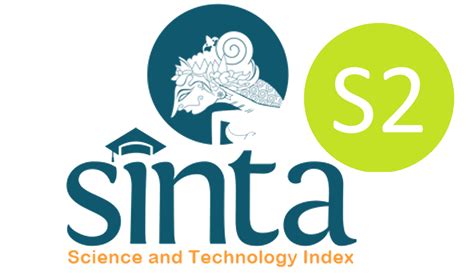Jurnal Pendidikan Geografi: Kajian, Teori, dan Praktek dalam Bidang Pendidikan dan Ilmu Geografi
Abstract
The establishment of green open spaces is closely correlated with the advancement of urban development, as they offer a multitude of benefits, including ecological, environmental, socio-cultural, and economic advantages. According to data from the Department of Public Works, Spatial Planning, Housing, and Settlement Areas of Malang City, public green open spaces have yet to be established in all settlements in Malang City. Consequently, the benefits of these spaces are not yet accessible to all residents. This research project focuses on the development of scenarios for the development of public green open spaces, authorized by the Malang City Government, which will enable the use of minimum facilities to serve as many people as possible. The research employed quantitative methods in data processing and analysis in order to select the optimal public green space zone development scenario. The spatial analysis was performed using ArcMap 10.4.1. Furthermore, this research employed the standard service radius set forth in the Regulation of the Minister of Agrarian and Spatial Planning/Head of the National Land Agency Number 14 of 2022 and the service coverage of the Neighborhood Unit concept. In Malang City, it was determined that the optimal scenario for potential land involves prioritizing the development of city parks, district parks, and sub-district parks in that order. Consequently, the aforementioned scenario would result in city parks, district parks, and sub-district parks collectively serving only 73.52, 43.17, and 33.49 percent of the population of Malang City, respectively.
Recommended Citation
Putra, Indra Purnama; Leksono, Amin Setyo; Parmawati, Rita; and Li, Tiankun
(2024)
"The best scenario for the development of public green open space zones in Malang, Indonesia,"
Jurnal Pendidikan Geografi: Kajian, Teori, dan Praktek dalam Bidang Pendidikan dan Ilmu Geografi: Vol. 29:
No.
2, Article 10.
DOI: https://doi.org/10.17977/um017v29i22024p240-256
Available at:
https://citeus.um.ac.id/jpg/vol29/iss2/10




